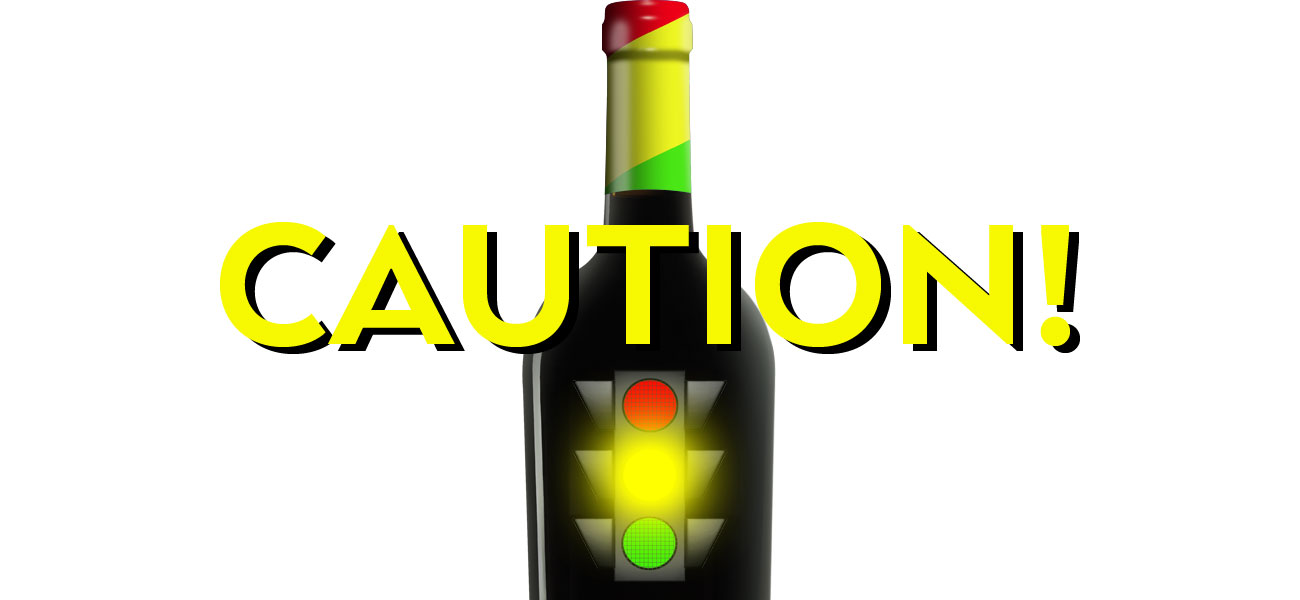
14 Jun Cautionary Tales of Wine Label Design
I have designed more than few wine labels. A vast majority of them are fun, lively processes that end with smiles all around. Occasionally, I’ll hit a bump along the way. Here are few obstacles to avoid.
Brand Names:
Is your brand name memorable? Is it too long? Is it too cute? Does it lack dignity? Does it fit your wine’s price point? Does the name evoke visual interpretation? Is the name copyrighted?
A recent client failed to do a proper copyright search. I was assured that their name choice was available. We went through a ponderous design process. We finally arrived at the destination, labels and capsules were ordered and applied. One month after bottling the “real” owners of the brand contacted my client. Each ultra premium cabernet sauvignon and red blend label and capsule was removed. It was not pretty.
In most cases, the brand name that arrives in the marketplace first will prevail. Many vintners copyright brand names in advance of using them. Not all brand names show-up in a Google search. The only reliable method to verify a name is to retain a copyright attorney. Their fee is a fraction of the cost of the debacle I described above.
Visuals & Graphics:
Avoid busy, complicated visuals and graphics. The human eye is only capable of absorbing so much. Busy vineyard scenes and overly flourished letter forms are roadblocks to clarity and readability. This is particularly true when viewed from a retailer’s shelf. Shoulder-to-shoulder bottles have no breathing room and complicated designs begin to merge with other adjacent brands.
The number one objective of marketing communion, including package design, is to capture attention. A very famous advertising art director once said, “Make the logo smaller and the idea bigger.” Maybe there is an interesting graphic element that captures your brand’s story. Maybe that element is something one wouldn’t expect to see on a wine package. I, for one, welcome the unexpected. Chances are a tasteful visual element will create the differentiation you need to be noticed in a crowded field. It’s also nice to leave a little negative (bottle) space on either side of a label. It will create a little breathing room separating you from your neighbors on the shelf.
Capsule Treatment:
Many wine packages overlook the potential impact of a well-designed capsule. They imprint the brand icon, maybe pick-up a color in the label and that’s it.
The level and quality of capsule decoration is astonishing. A well-designed and integrated capsule can play a major role in accenting the overall package. I am not suggesting that a capsule overpower the design. What works for me is a capsule that complements what is going on in the face label and lifts the entire design.
If your brand fails in the visual impact department, it might not get noticed. If it connects, even in a subtle way, it will make all the difference.
